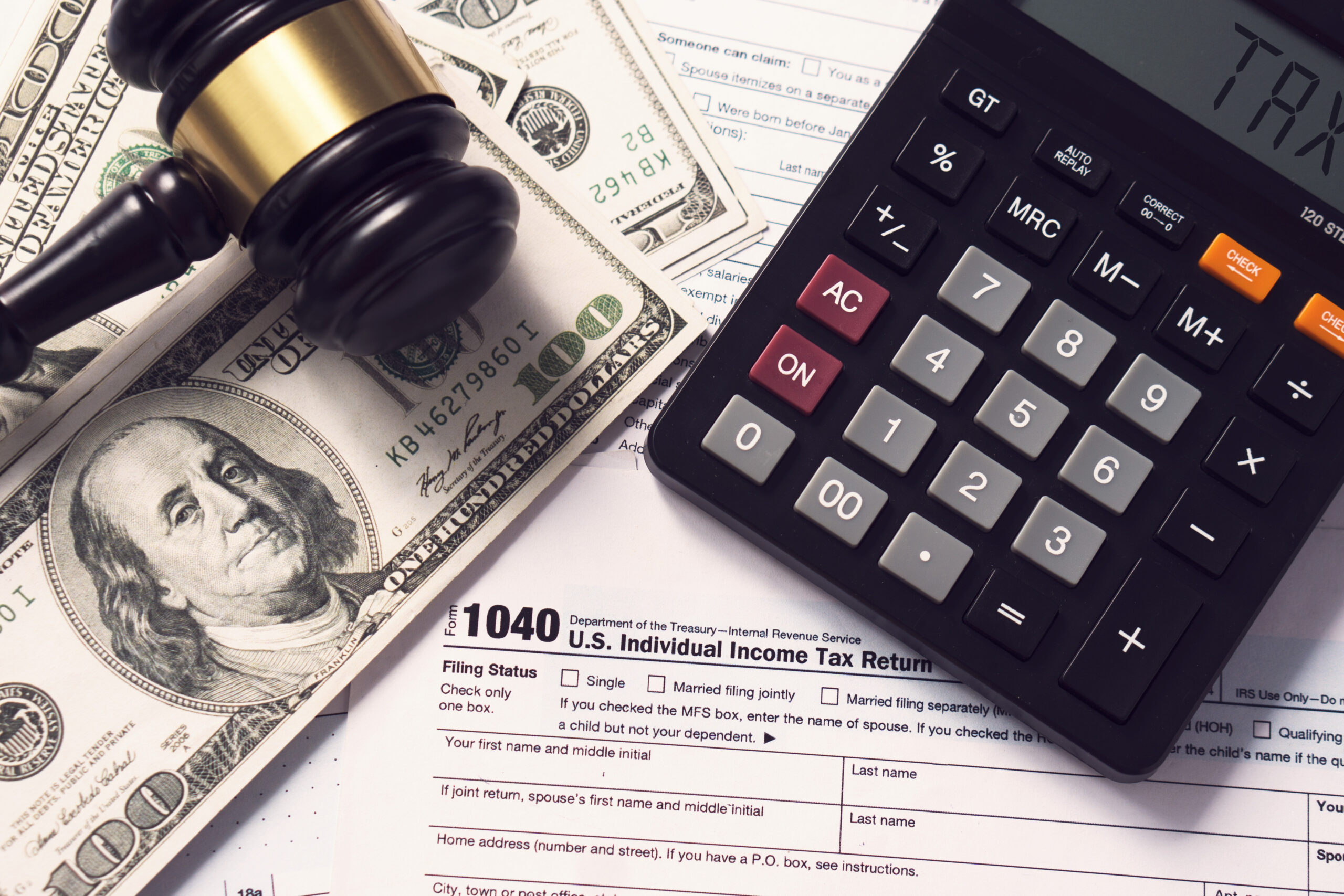With the publication of Law 13/2023, in May last year, a new tool aimed at improving compliance with our tax obligations was introduced: the rectifying self-assessment. This law anticipated the possibility of establishing a single system for correcting self-assessments, replacing the current dual method comprising both the filing of complementary self-assessments and the request for rectification of self-assessments.
At this moment, with the entry into force of Royal Decree 117/ 2024, of January 30, this new system is being implemented in certain taxes. This measure is expected to simplify administrative and operational management for advisors and consultants as well as for taxpayers, although it has legal implications that must be considered.
The obligation to use the new rectifying self-assessment will apply to corrections of self-assessments of:
- Value Added Tax
- Individual Income Tax
- Corporate Income Tax
- Special Taxes
- Tax on Fluorinated Greenhouse Gases
Through this new rectifying self-assessment, those in charge of liquidating and filing the previously mentioned taxes can correct, complement or modify a previously filed self-assessment, regardless of its result (either to be paid or to be refunded) and without having to wait for an administrative resolution. In this sense, Royal Decree 117/2024 has modified the regulatory wording of these taxes, which previously established a specific regulation for the previous dual procedure (complementary and rectification request), adapting it to the new single system of rectifying self-assessment.
Thus, among the general elements applicable in all these taxes to carry out the rectifying self-assessment, we can mention:
A. The filing can be made within the four-year term, which corresponds to the statute of limitations for the Administration when settling a tax debt or for the taxpayers when requesting a refund.
B. In the event of filing after the filing period, it will be considered extemporaneous, with the consequent repercussions such as surcharges, among others.
C. It is essential to keep unchanged the data of the original self-assessment that do not need to be modified, while those that require adjustments or are new must be altered.
D. A rectifying self-assessment will not be admitted for tax elements that the Administration has regularized by means of a definitive or provisional liquidation.
E. The implications of the rectification made will be given when the result is:
a. A higher amount to be paid or a lower amount to be refunded or compensated: In this case, the complementary self-assessment regime will be applied, as established in Article 122.2 of the LGT (General Tax Law).
b. An amount to be refunded: When filing the rectifying self-assessment, the refund will be requested with the corresponding interest. The refund will be made within six months from the end of the voluntary return period or from the filing of the rectifying self-assessment if this period has already ended. If the refund had been requested in the original filing of the self-assessment but had not been made at the time of filing the rectification, in these cases, the filing of the latter will conclude the initial procedure.
c. A lower amount to be paid than in the previous self-assessment and without the right to a refund: In this case, the payment obligation will be maintained up to the limit of the amount payable resulting from the rectifying self-assessment.
In addition, depending on the tax, certain particularities apply. For example:
- VAT (IVA): The rectifying self-assessment cannot be used:
– To modify the quotas of operations subject to special regimes (simplified, agriculture, livestock and fishing, equivalence surcharge, etc.).
– When the rectification affects quotas unduly passed on to other taxpayers.
- Corporate Income Tax (IS): Entities taxed under the tax consolidation regime must file corrective self-assessments both for the tax group and for each of the companies affected by the correction.
- Special Tax (IE): The rectifying self-assessment may not be used when the rectification affects quotas unduly passed on to other taxpayers.
B Law & Tax International Tax & Legal Advisors.
“En B LAW&TAX somos especialistas en asesoramiento fiscal internacional tanto a empresas como para particulares. Si desea ampliar la presente información, estaremos encantados de poder atenderle en el 917817194 o en info@blaw.es”



